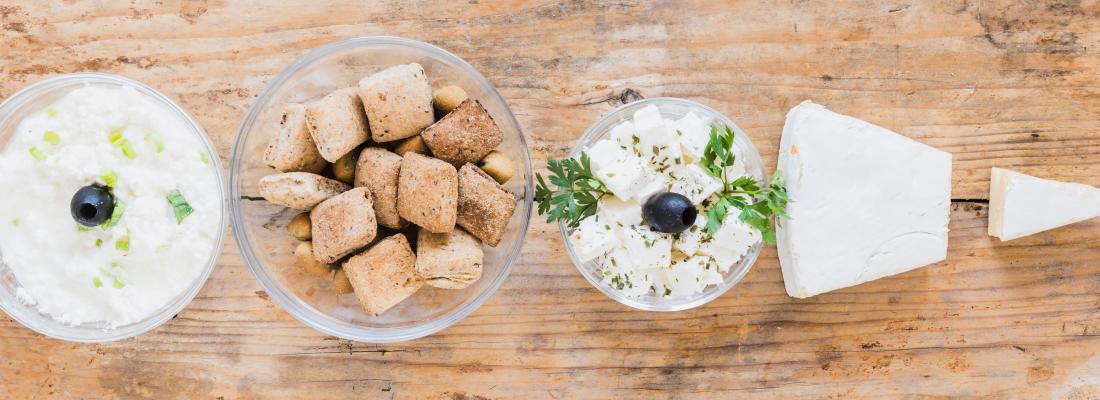Food, Global Health Reading time 2 min
Yeasts used in food production may have potential probiotic properties
Published on 26 October 2023

In addition to Saccharomyces cerevisiae, the yeast best known for its use in the production of wine, beer, champagne, bread, etc., there are many other yeast strains used in the food industry. These yeasts are used for flavor development in cheeses, crust production and fermented foods. Some are also used as biocontrol agents to prevent the development of pathogenic microorganisms on food products. Many of these yeasts have been used for hundreds of years, or even longer, in ancient processes developed for food fermentation. However, these strains, which have great potential in the food industry, have hardly ever been studied for their potential role in human health, until recently, particularly now that we know the importance and role of the microbiota.
It was against this backdrop that a team of INRAE scientists, in collaboration with IFF and the AP-HP, selected 5 yeasts used in these different processes to test their anti-inflammatory potential in cellular and pre-clinical models. We undertook a comprehensive characterization of these yeasts, describing their cell adhesion capacity, their effect on epithelial cells in models of intestinal inflammation, and their effects on the intestinal microbiota of mice.
In this context, we showed that among these 5 yeasts, 2 yeasts, Cyberlindnera jadinii and Kluyveromyces lactis, were able to reduce the sensitivity of mice in a model of intestinal inflammation like ulcerative colitis, one of two known inflammatory bowel diseases. While the various tests failed to identify the precise mechanisms involved, in the case of C. jadinii, they suggest that this could be achieved in part by modifying the bacterial microbiota, promoting the development of bacterial strains with beneficial effects. Further studies are still needed to refine our understanding of these effects, and also to validate the potential for such effects in humans, but these initial results are promising and open up new perspectives in the study of this large catalog of microorganisms and their development as probiotics.
Reference
Hugot C., Poirier M. et al. (2023). Cyberlindnera jadinii and Kluyveromyces lactis, two fungi used in food processes, have potential probiotic effects on gut inflammation. mSystems 26 october 2023
DOI : https://journals.asm.org/doi/10.1128/msystems.00841-23
